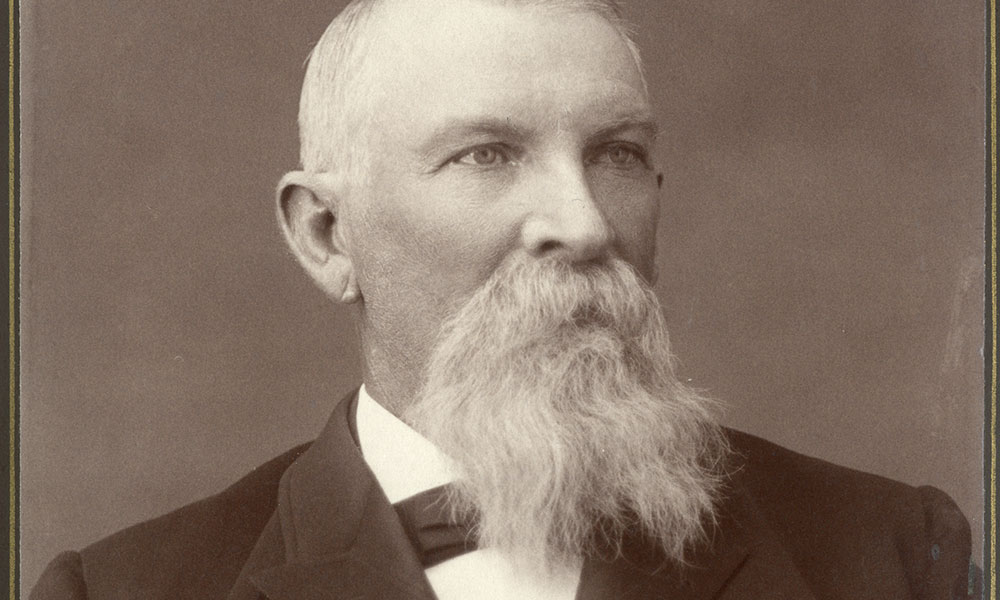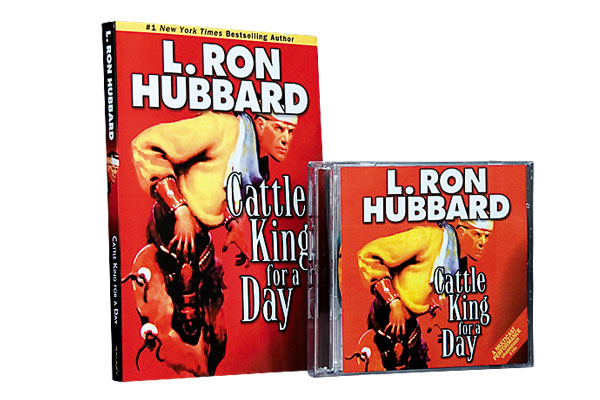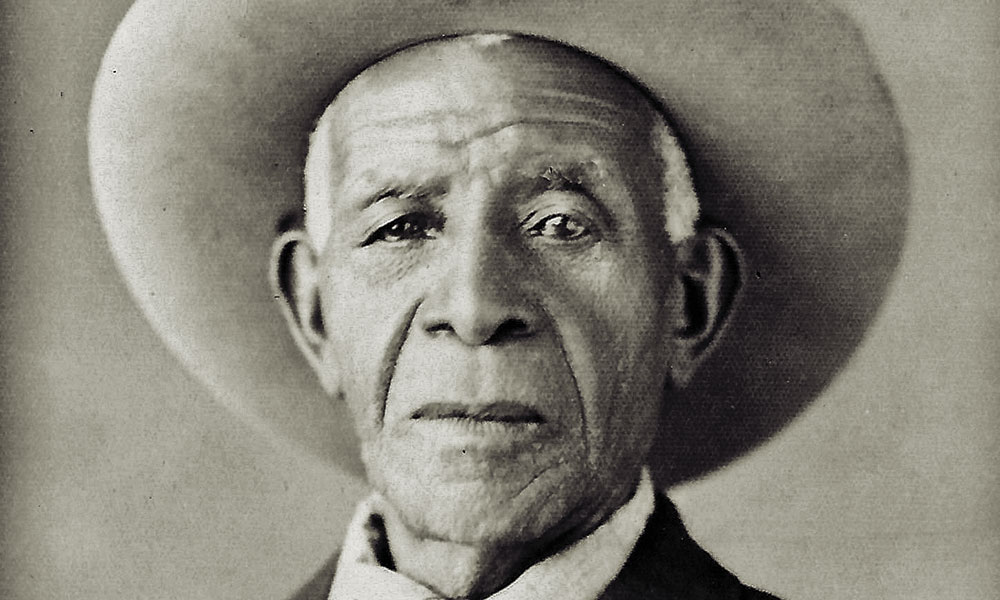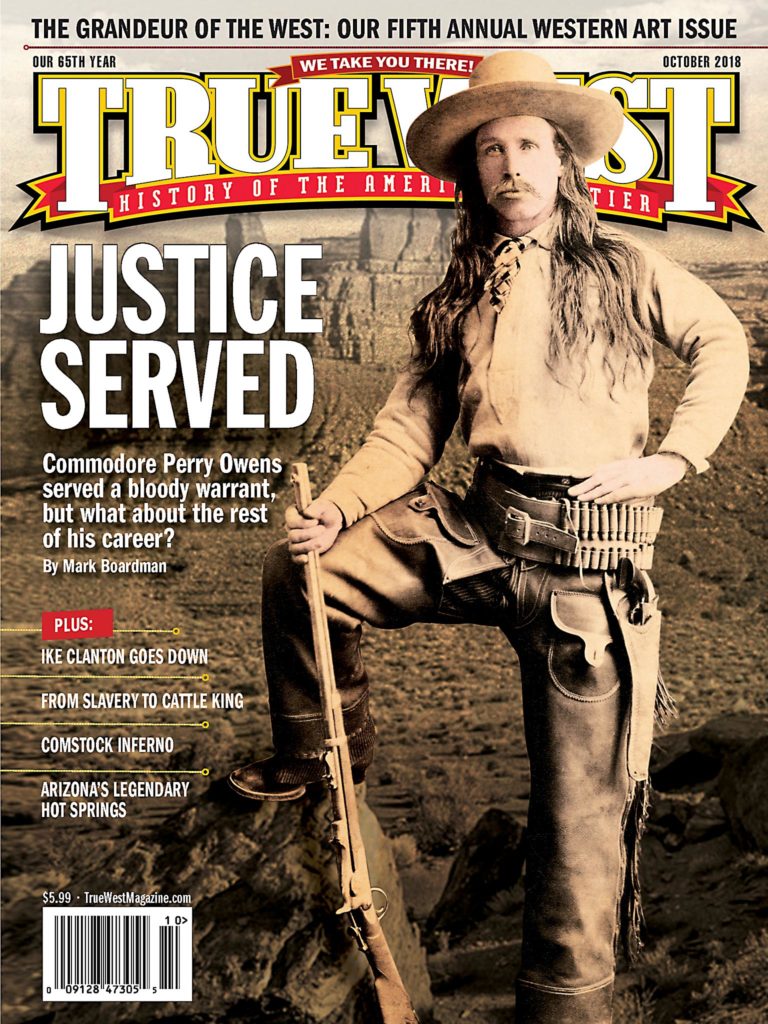How were cattle cared for when they were shipped to slaughterhouses?
Jim Millis
Cottonwood, Arizona
The first rail car dedicated to livestock arrived during the 1860s. By the 1880s, the wood construction was replaced by steel, food and water troughs were installed, and pens were added to keep animals from trampling each other.
In time, laws were enacted that required railroads to off-load animals roughly every 36 hours, so they could stretch their legs and recuperate. Livestock handlers often rode with their herds in special cabooses.
Still, animals suffered during transit, an inherent problem when shipping livestock over a great distance. Laws to prohibit this maltreatment weren’t effective until the Federal Meat Inspection Act of 1906.
Marshall Trimble is Arizona’s official historian and vice president of the Wild West History Association. His latest book is Arizona Outlaws and Lawmen; The History Press, 2015. If you have a question, write: Ask the Marshall, P.O. Box 8008, Cave Creek, AZ 85327 or email him at marshall.trimble@scottsdalecc.edu.
https://truewestmagazine.com/when-did-the-practice-of-branding-livestock-begin-in-the-us/






